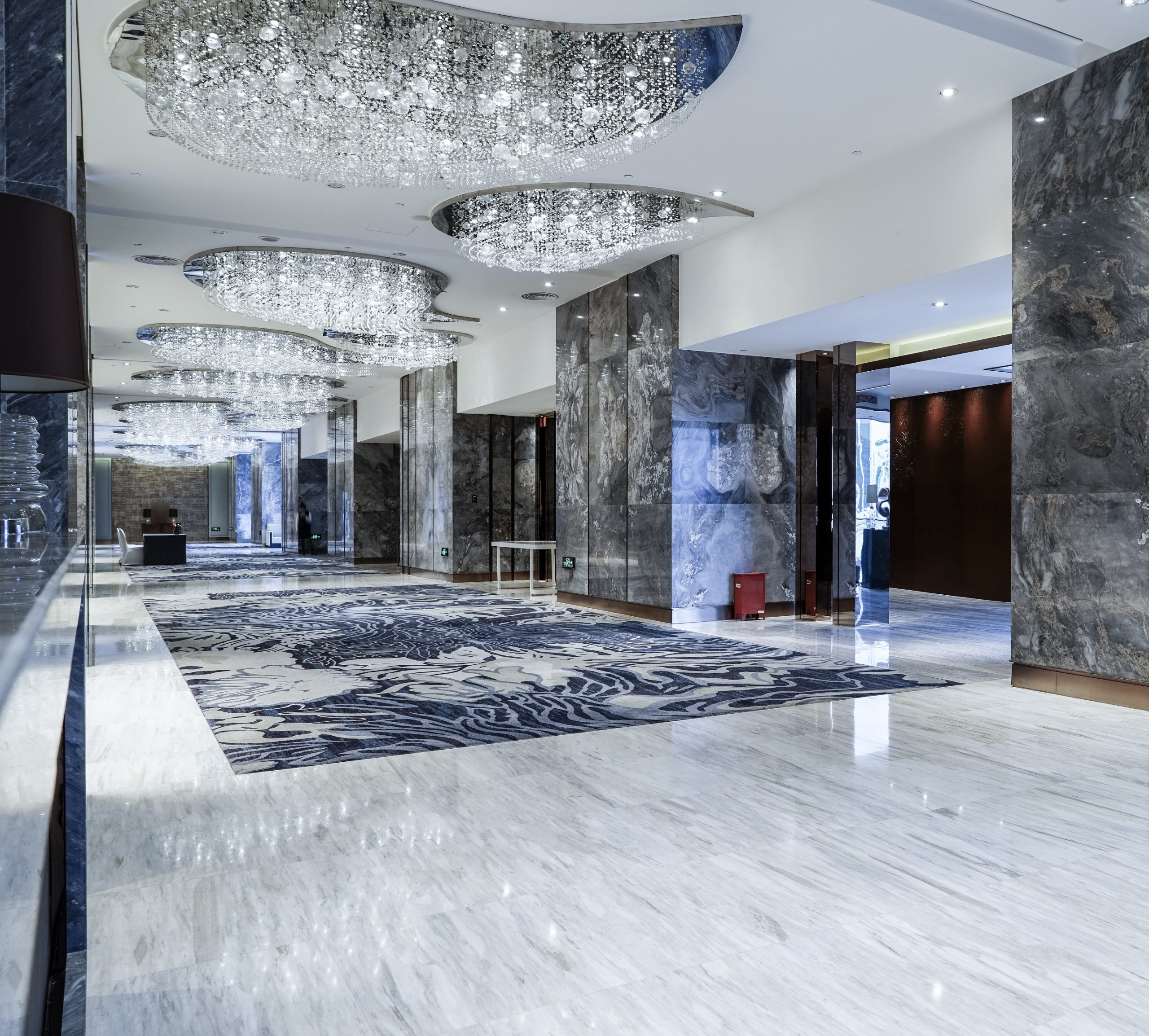What’s the difference between quartz and quartzite?
April 22, 2020

At the Nature of Marble showroom in Delray Beach, we offer both quartz and quartzite stone slabs. But what’s the different between quartz and quartzite? And how do you choose the right stone for your kitchen renovation?
What is quartz?
Quartz is a natural mineral that is found all over the world. In fact, it’s the second-most common mineral on Earth. You can get quartz in a range of different colors, including purple, blue, pink, grey, yellow and white.
Humans have been mining and carving quartz since the beginning of civilization. It’s a popular choice for stone slabs because quartz is extremely hard. However, your quartz countertop isn’t made of a single block of quartz stone!
Manufacturers use chips of quartz and bind them together with resin. Using resin means that quartz has a smooth, uniform surface – and you can customize the color.
What is quartzite?
Quartzite is a different type of stone from quartz. It’s formed when sandstone, made out of tiny pieces of quartz, is heated to very high temperatures. The result is a glassy, crystalline rock. Natural quartzite can be white, grey, pink or red; sometimes quartzite has other colors if there are other minerals mixed into the rock. Like natural quartz, quartzite is very hard.
How to choose between quartz and quartzite
Both quartz and quartzite are hard, robust stones. That means they’re a good choice for bathroom countertops and kitchen countertops.
Quartzite has some significant advantages. It’s more resistant to scratches, and doesn’t get damaged by heat. This means that quartzite is easy to maintain, even in a busy kitchen environment.
However, there are benefits from choosing quartz as well. Quartz is better at resisting stains, which can be essential in kitchen or bathroom environments. It also makes it easier to clean!
If you’re looking for a robust, affordable stone, then quartz is a strong choice. But if you want a completely natural stone, with natural veining and patterns, then you may prefer quartzite instead.
